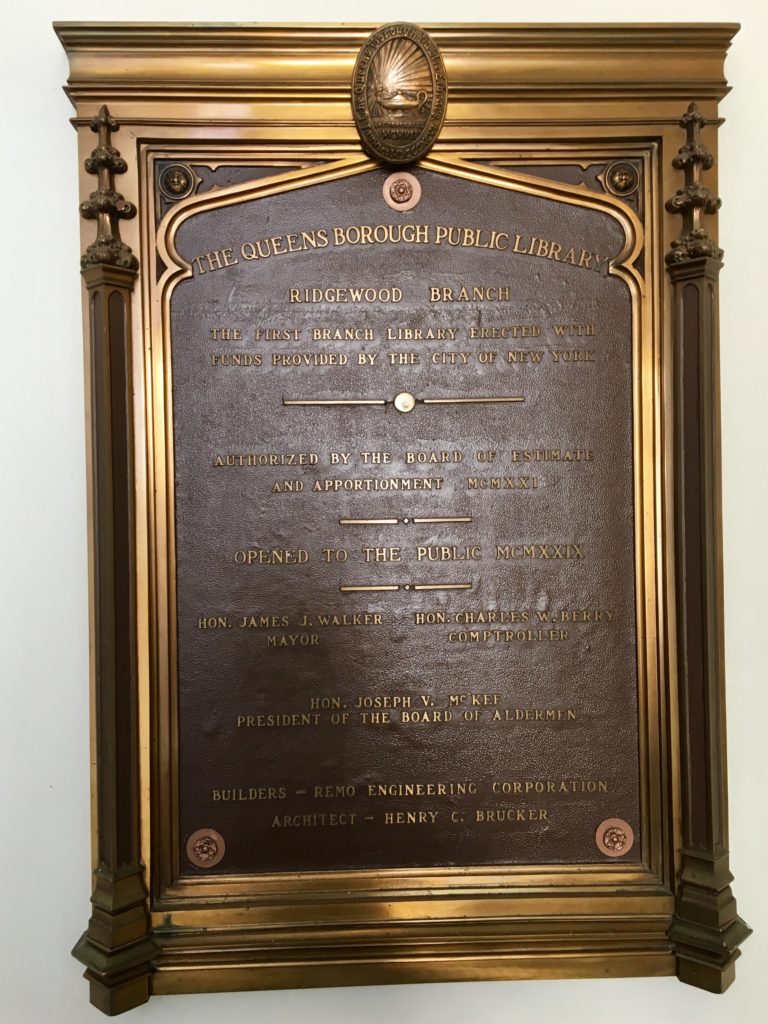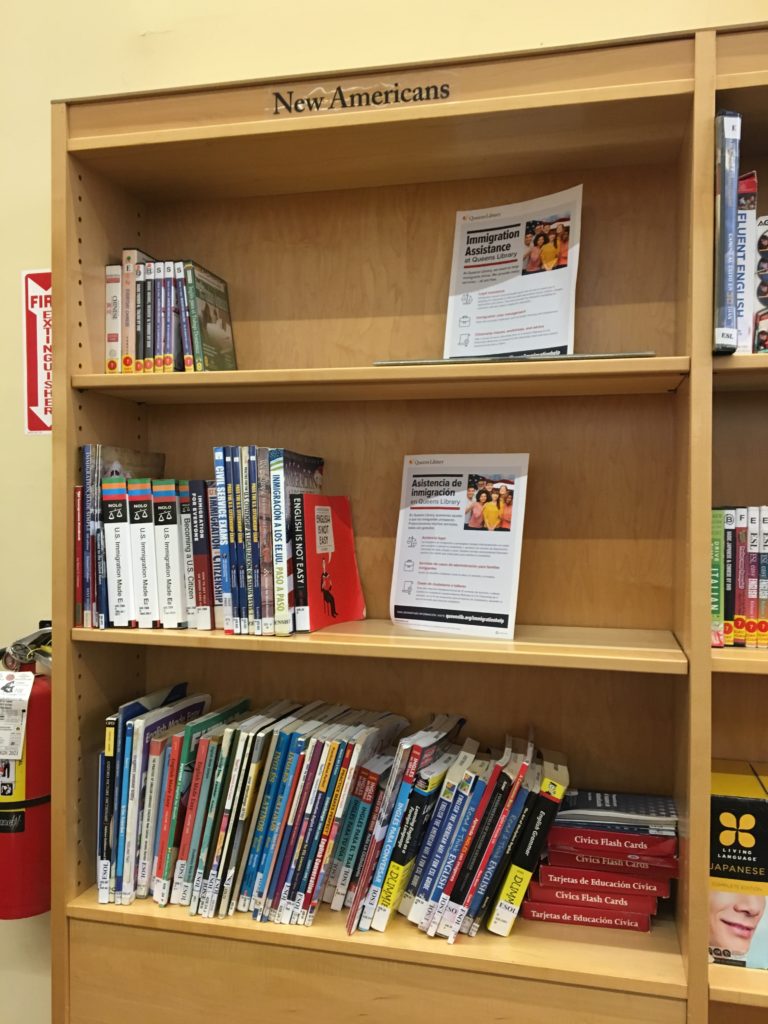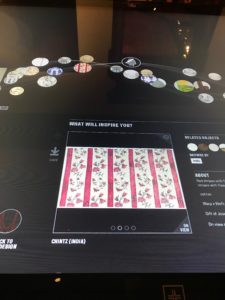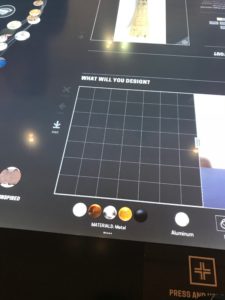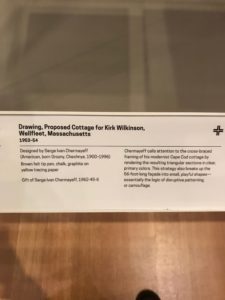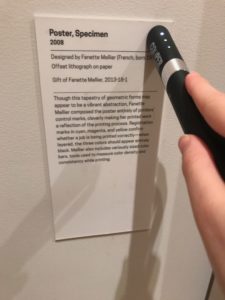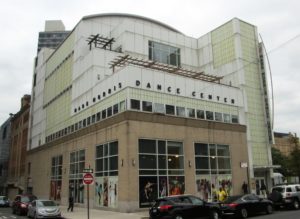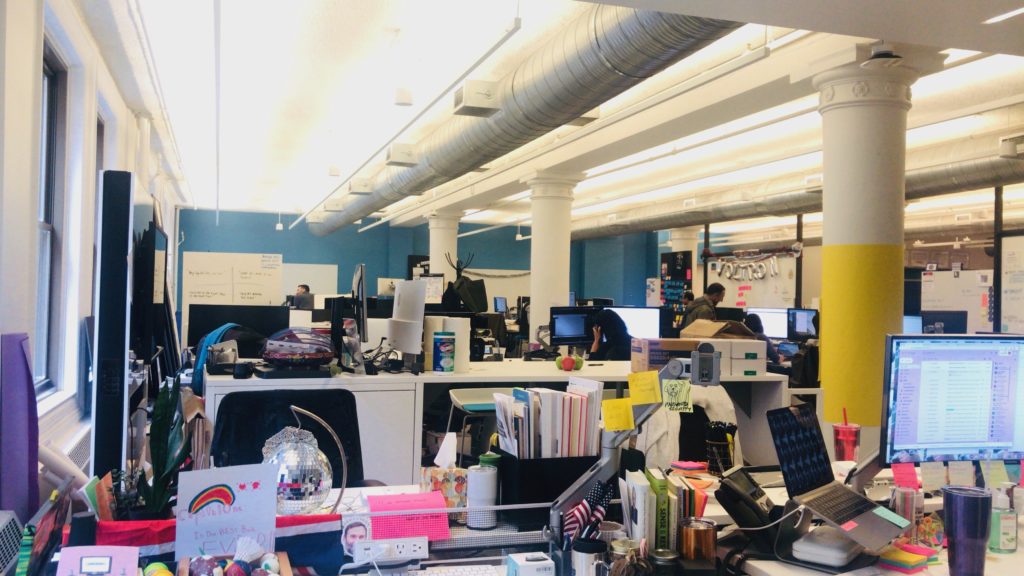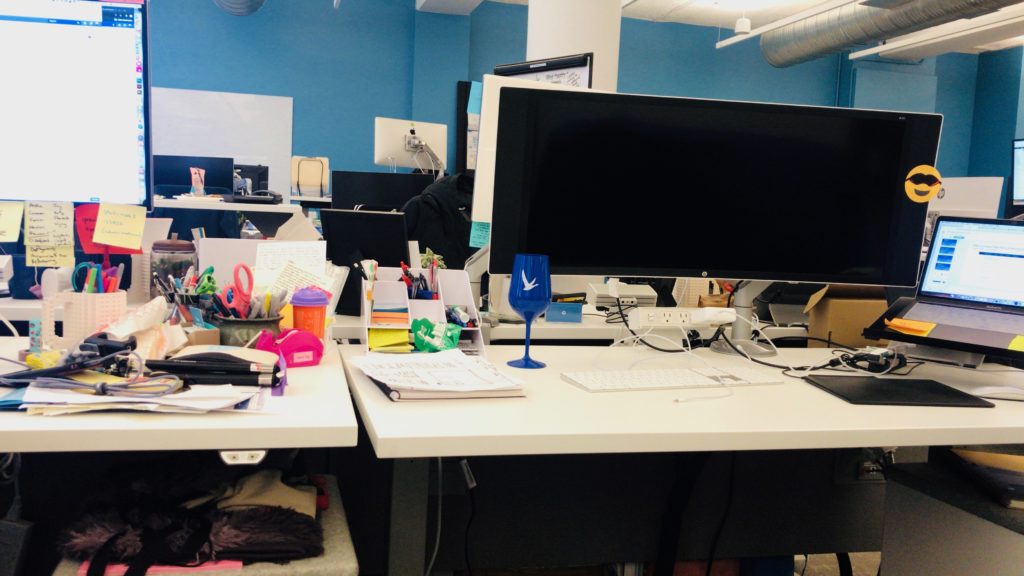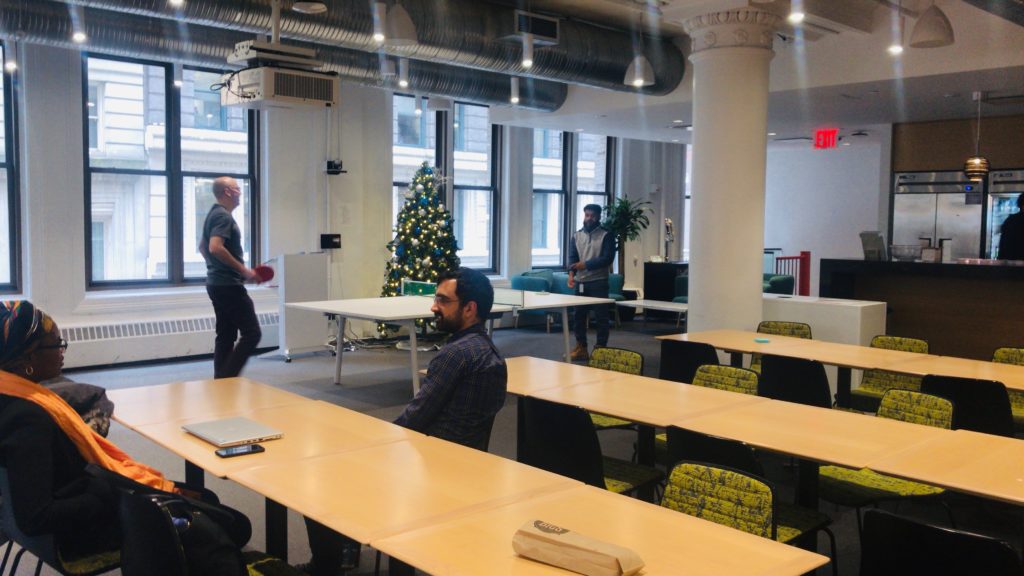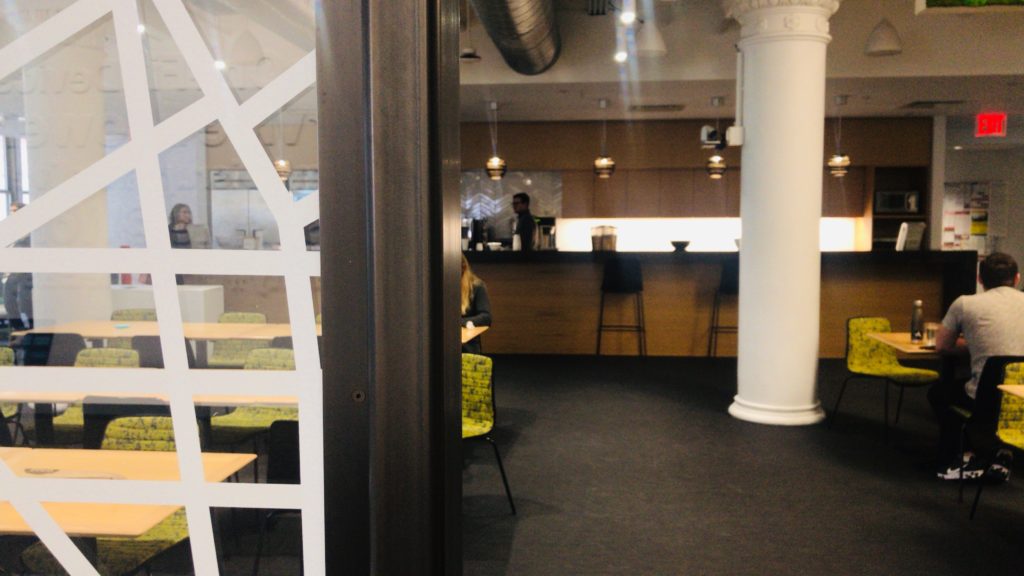For the Event attendance, I am reviewing the webinar entitled, “Advancing Racial Equity in Your Library: Case Studies from the Field,” presented by the Race Forward Government Alliance on Race and Equity (GARE) on October 10, 2018.
The two speakers were Gordon Goodwin from the Government Alliance on Race and Equity, and Andrew Harbison from the Seattle Public Library. To help capture the intention of this talk, the goal of GARE was provided as, “to develop the capacity of libraries to make racial equity a priority within our libraries, cities, communities, and national associations.”
The topic of racial equity is a hot one being discussed in the information world, yet it is also a problem that has not been properly addressed still. With libraries being the sole free and accessible information and cultural center for most communities, racial equity needs to be made a priority. Children from poor and under-privileged areas are relying on technology and aid from public libraries more than ever to receive the same quality of education and opportunities as the more privileged communities.
If racial equity does not exist in libraries, it just adds to the problems the socially excluded face in society. Public libraries need to understand the magnitude of what social exclusion can do to a community. John Gehner points out that there are severe consequences to the, “negative perceptions affecting the way that professional librarians approach those who face social exclusion for many different reasons,” explaining what happens when libraries and their staff do not support equality.[1]
Realizing the importance of racial equity, specifically in public libraries, Goodwin and Harbison get right into it. Goodwin begins by laying out the goals they wanted this webinar to help achieve, which was first and foremost: to inform and to motivate the audience into action. I believe this is the purpose behind most, if not all, seminars and webinars dealing with social issues, specifically those about the information world. They are tools to educate and spread awareness for certain topics that are typically ignored, and motivation is the key to enacting change. Goodwin states right away that he wanted to, “Motivate listeners to take action, and how exactly to do that.”
The rest of the objectives for the talk were to understand the critical need for libraries to focus on race and improving equality for all communities, to learn about the ideas and tools that support racial equity, and how libraries are applying all of this to increase access and improve life for the patrons and staff of color.
Next the definition of racial equity is given as, “Closing the gaps so that race does not predict one’s success, while improving outcomes for all.” It is pointed out that race plays an important factor in determining how well someone does in life. Race helps to determine the barriers or blocks that people of color face in their life. Goodwin states that with improved racial equity, libraries can become places that help eliminate those barriers, and help to reduce race as decider for the success of an individual.
Putting race in front of equity targets the strategies for improving the quality of life and reduction of barriers that people of color face. Goodwin wants people to have an understanding that race does not separate humans beyond the superficial level of appearance, and that the practices and enforcement of laws within American society are still discriminatory, despite having removed the legality of segregation and racist discrimination. The cultural institutions we have still contribute to outcomes that disadvantage people of color, and that an awareness of this is an important first step in the right direction.
Briefly, Goodwin acknowledges the equal importance addressing the inequities faced based on gender, class, and disabilities. The intersectionality of these issues is key, as race plays a role even within the context of gender, class, and disabilities. He then continues onto the topic of how to begin achieving racial equity.
Thinking about issues of race and racism, Goodwin states a common tendency to focus on individuals, to immediately think about who is racist and how. It is better to focus on the institutional basis of racism, that changes within the structures of society are more important than individual cases or people. We need to be asking what roots of racism and prejudice exist within the foundations of our government and institutions, our groups of systems that determine how society functions. This will provide more equitable outcomes. Goodwin claims that, “achieving racial equity requires us to target strategies to focus improvements for those worse off,” and that there’s a need to, “Move beyond service provision to focus on changing policies, institutions and structures.”
Going into the history of libraries, and how during the creation of these institutions, people of color were not allowed any access. The roots of many laws and policies made at this time are still prevalent. Thinking about what laws and policies may still be negatively affecting certain communities inadvertently today can begin to address what changes need to be made. This means that there are rules that can unintentionally hurt certain people, such as the targeting of low-income groups that prevents people from participating fully.
Along this vein of thinking, there are also invisible or unknown prejudices ingrained into people by the institutionalized racism of our society that can be very harmful, as this prejudice leads to racist actions that can negatively impact people of color and the opportunities they receive. The example provided for this was a white librarian being more helpful to white patrons, waving their fees more often, and providing them with more renewals or leeway then they do for patrons of color. Collecting the data on the impact of practices and procedures on people of color is important in finding out what changes need to be made the most.
Implementing a racial equity initiative is the proposed solution for effectively changing things at the root of the problem, not just address individual blame or racism. Harbison begins polling the online audience on how many of them represent libraries that already have such an initiative. Case studies are gone through, providing evidence on what these initiatives have been able to successfully achieve and what impact on racial equity they have had. This wrapped up the webinar in an ideal way, as the first objective was to motivate action. Examples of how institutions executed that call for action and created a better society with better opportunities and a more equal treatment of people of color in places so relevant to the social exclusion and information access gap provide the best motivation for the audience, as they are able to see that this action works.
[1] John Gehner. Libraries, Low-Income People, and Social Exclusion, p. 39.
-Brianna Martin, Sula Info 601
Webinar can be accessed here: http://www.ala.org/pla/education/onlinelearning/webinars/ondemand/racialequity
Slides provided to accompany presentation found here:http://www.ala.org/pla/sites/ala.org.pla/files/content/onlinelearning/webinars/archive/Advancing-Racial-Equity-in-Public-Libraries_final.pdf
References:
John Gehner (2010): Libraries, Low-Income People, and Social Exclusion, Public Library Quarterly, 29:1, 39-47.
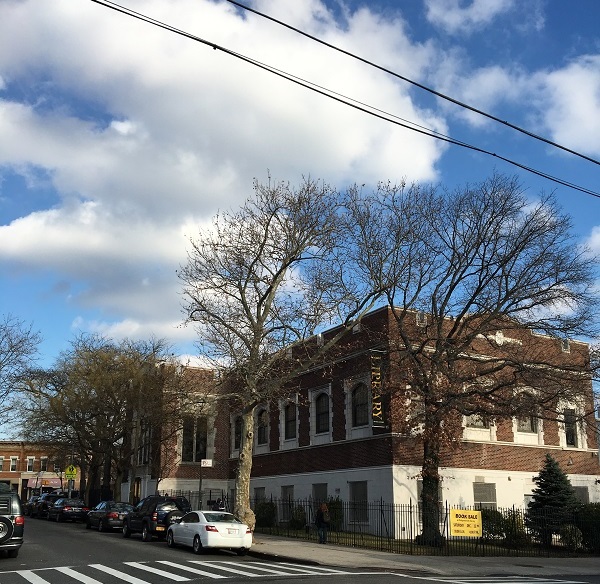 This week, I visited the Ridgewood Community Library, a branch of the Queens Library. Even though this is my neighborhood library, I had never spent time there except to pick up books I’d had transferred. The library is a fairly small branch housed in a beautiful brick building built in 1929. It was the first branch of the Queens Library to be constructed with funds from the city rather than from Andrew Carnegie. Renovated most recently in 2011, the library is fully accessible, with elevator access to every level. It is clean and well lit, with lots of natural light on the main level.
This week, I visited the Ridgewood Community Library, a branch of the Queens Library. Even though this is my neighborhood library, I had never spent time there except to pick up books I’d had transferred. The library is a fairly small branch housed in a beautiful brick building built in 1929. It was the first branch of the Queens Library to be constructed with funds from the city rather than from Andrew Carnegie. Renovated most recently in 2011, the library is fully accessible, with elevator access to every level. It is clean and well lit, with lots of natural light on the main level.